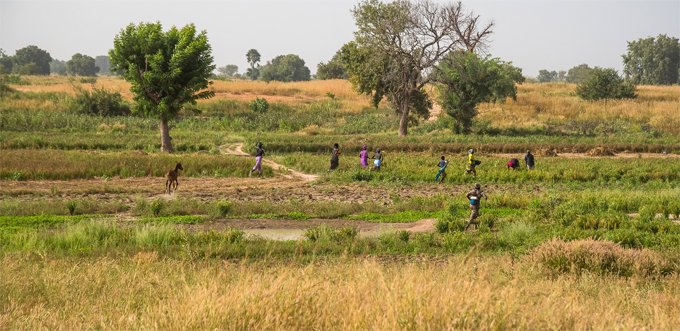African Development Bank is to roll out an ambitious programme to cultivate the Savannah in Ghana and other seven African countries.
The initiative dubbed Transformation of the African Savannah will begin next month. According to the AfDB President, Akinwumi Adesina “so huge is the potential of African savannahs that the World Bank called the Guinea savanna zone “one of the major underutilized resources in Africa.”
He noted that Africa’s savannahs were better than the savannahs of Brazil, a country notable for turning its savannahs into agricultural wealth, saying Africa’s soils were not acidic and therefore did not need liming which had to be done at massive scales in Brazil.
“The initiative will start by bringing approximately two million hectares of savannah in eight African countries — Ghana, Guinea, Democratic Republic of Congo, Central African Republic, Uganda, Kenya, Zambia, and Mozambique — under the cultivation of maize, soybean, and livestock production in optimum conditions.” The goal: to double production in those eight countries.
“Africa must learn from the experiences that have worked elsewhere, while tailoring the interventions to the specific realities of Africa. We must ensure that small, medium-scale and large-scale commercial farmers co-exist in a way that allows opportunities for all,” Adesina said.
The 2017 World Food Prize Laureate explained that partnerships in research and development would be crucial, saying that was why the AfDB had engaged to work with the strongest possible organizations with proven track records in tropical agriculture from South America.
Ghana’s Deputy Agric Minister Sagre Bambangi who, underscored the biological, socioeconomic and political dimensions to consider, said he is delighted Ghana has been selected to host the pilot programme. The Savannah covers about 25 countries, with about 240 million people depending on agriculture in those areas.
Source: Africafeeds.com / Fred Dzakpata



